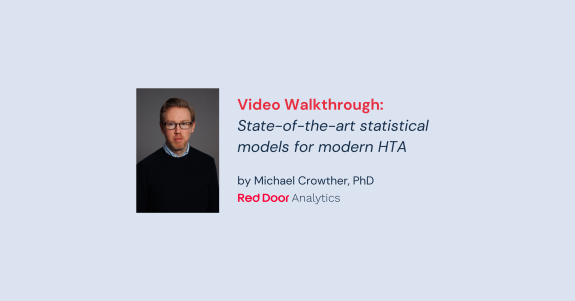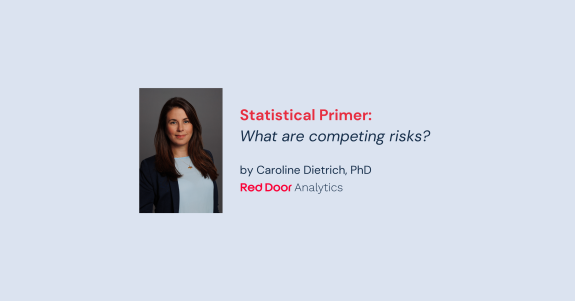Multilevel (hierarchical) survival models: Estimation, prediction, interpretation
Hierarchical time-to-event data is common across various research domains. In the medical field, for instance, patients are often nested within hospitals and regions, while in education, students are nested within schools. In these settings, the outcome is typically measured at the individual level, with covariates recorded at any level of the hierarchy. This hierarchical structure poses unique challenges and necessitates appropriate analytical approaches. Traditional methods, like the widely used Cox model, assume the independence of study subjects, disregarding the inherent correlations among subjects nested within the same higher-level unit (such as a hospital). Consequently, failing to account for the multilevel structure and within-cluster correlation can yield biased and inefficient results.
To address these issues, one can use mixed-effects models, which incorporate both population-level fixed effects and cluster-specific random effects at various levels of the hierarchy. Stata users can leverage several powerful commands to fit hierarchical survival models, such as mestreg and stmixed. With this presentation, I introduce and demonstrate the use of these commands, including a range of postestimation predictions. Moreover, I delve into measures that quantify the impact of the hierarchical structure, commonly referred to as contextual effects in the literature, and discuss the interpretation of model-based predictions, focusing on the difference between conditional and marginal effects.
Videos
State-of-the-art statistical models for modern HTA
Videos
Multilevel (hierarchical) survival models: Estimation, prediction, interpretation
Statistical Primers




